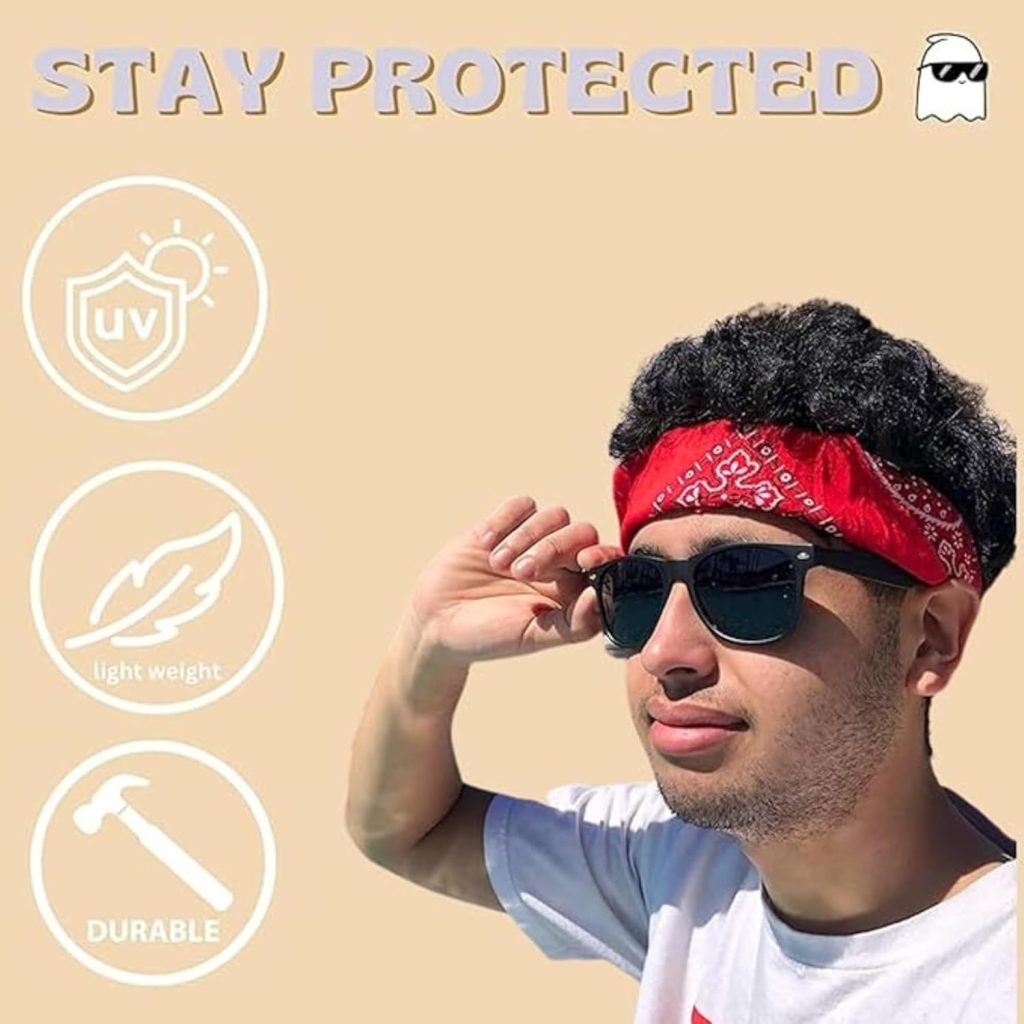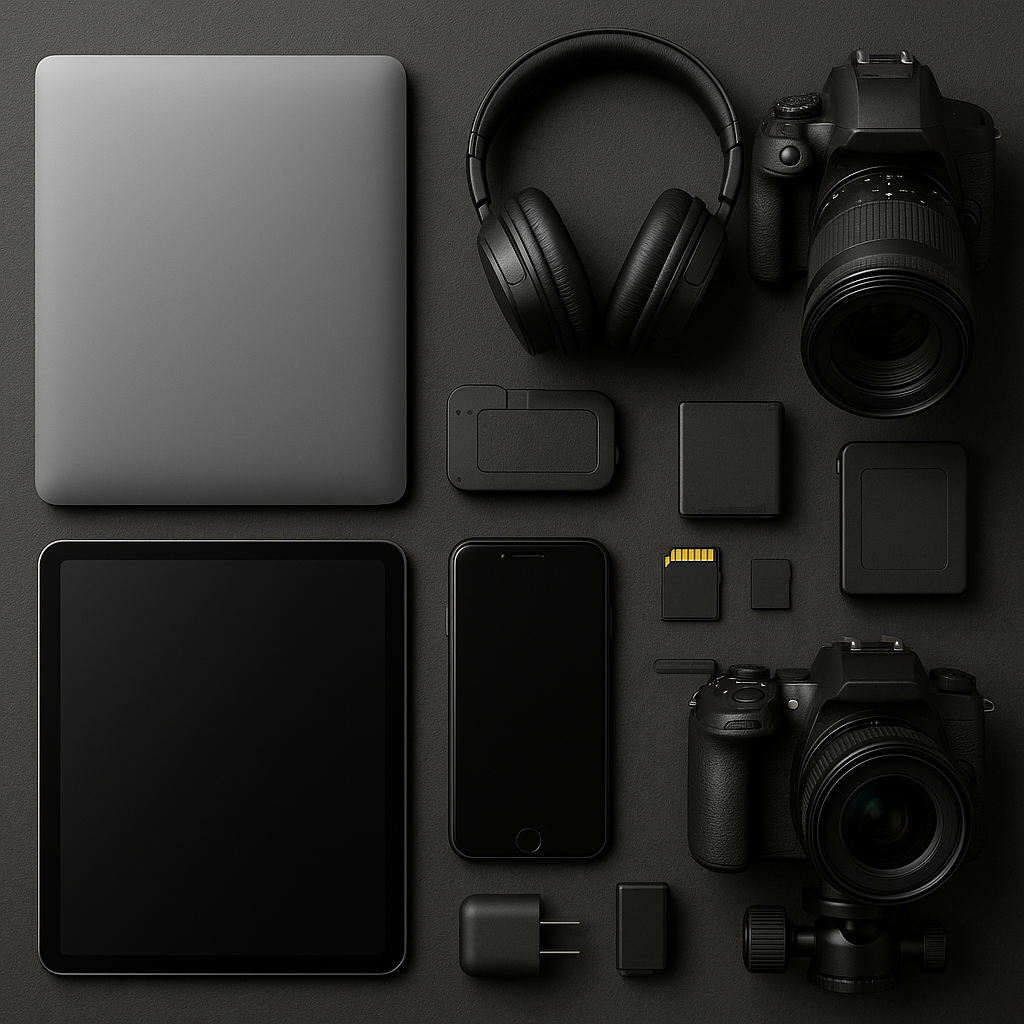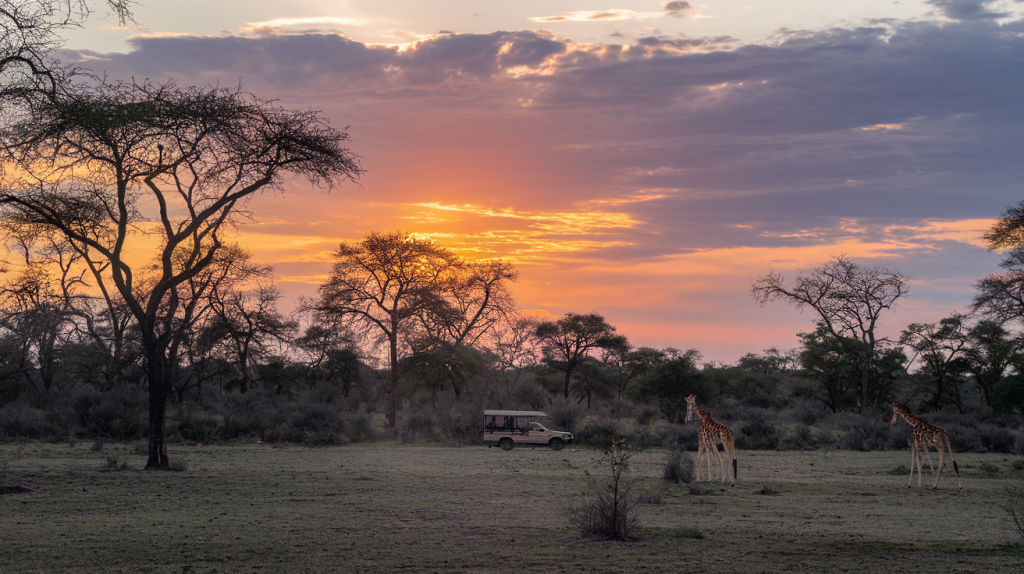A. Safari Packing List
You’ll need lightweight, neutral-colored clothes (think khaki, olive, beige) that layer well for temperature changes. Include 3-4 t-shirts, 2 long-sleeve shirts, 2 pairs of pants, and a light jacket. Don’t forget a wide-brimmed hat and sturdy walking shoes!

B. Accessories
Your safari accessories aren’t just fashion statements, they’re survival tools. Pack a wide-brimmed hat to shield yourself from the intense equatorial sun. Good quality sunglasses with UV protection are non-negotiable. Furthermore, a bandana or buff serves multiple purposes: dust protection, sun coverage, or emergency cooling when wet. Don’t forget a sturdy belt and comfortable socks for those long game drives.

C. Other Safari Necessities
Beyond clothes, your safari success depends on practical essentials. Pack high-SPF sunscreen (reapply constantly), insect repellent with DEET, and hand sanitizer for those bush bathroom breaks. A small first aid kit with basics like band-aids, pain relievers, and anti-diarrhea meds is crucial. Add a reusable water bottle, small binoculars, and a headlamp for nighttime navigation around camp.

D. Electronics and Camera Gear
Capturing your safari memories requires some planning. Carry a camera with a decent zoom lens (at least 200mm), extra batteries, and plenty of memory cards. A power bank is essential as charging opportunities may be limited. Consider a dust-proof camera bag and lens cleaning kit. If you are bringing a smartphone, download offline maps and wildlife identification apps before departure.

E. Bonus
For safari superstars, pack these game-changers: a lightweight travel pillow for those bumpy drives, a sarong (works as towel, blanket, or privacy screen), zip-lock bags to protect electronics from dust, and biodegradable wet wipes for quick refreshes. Additionally, seasoned travelers wear a small pair of binoculars even if they have a camera, and a journal to record wildlife sightings.
F. Things You Won’t Need
Skip these space-wasters: fancy clothes (no one’s judging your outfit at the watering hole), heavy makeup (it’ll melt off anyway), bright-colored clothing (spooks animals), strong perfumes (attracts bugs), and excessive footwear. Leave the hairdryer behind—most camps have limited electricity. And honestly? That heavy guidebook can stay home too—guides know way more.
G. More Safari Posts
Check out our other Kenya safari guides for more detailed tips:
“Top 10 Best National Parks for a Kenya Safari – All You Need To Know,” “The Great Wildbeest Migration: When, where and why it happens,” “Best Affordable Kenya Safaris Packages This Summer 2025,” and “Affordable Family-Friendly Safari Options.” Our “Top Safari Destinations to Visit on a Kenya Safari” and “Top 10 Exclusive Kenya Safaris From Nairobi Kenya by Road” posts are reader favorites for first-timers planning their African adventure.

H. Found This Post Helpful? Pin It!
Loved these safari packing tips? Save this post to your travel Pinterest board for easy reference later! Share it with fellow travelers planning their Kenya adventure. Our safari packing infographic makes the perfect visual checklist. Tag us in your safari photos using #KenyaSafariStyle to show off how you used our recommendations in the wild!
What to pack for a safari – Under 15KG
Packing light for a Kenya safari isn’t just about airline restrictions—it’s survival mode when bouncing between camps in tiny planes. Most safari operators enforce a strict 15kg limit in soft bags only—hard suitcases are absolute no-gos. The trick? Pack versatile clothing in neutral colors that you can rewear without looking (or smelling) like you’ve been tracking lions for days.
Packing List For An African Safari
Safari Suitcase
Forget overpacking—the key to safari success is a soft-sided duffel or backpack that fits in those tiny bush planes. Most camps limit you to 15kg (33lbs), so choose versatile pieces that work for multiple outings. Your suitcase should zip completely closed to keep curious critters and dust out of your belongings.
Laundry Service
Most Kenya safari lodges offer same-day laundry service, often included in your stay. This game-changer means you can pack half as many clothes and still stay fresh. Just remember, some camps hand-wash items, so pack quick-dry fabrics and leave delicates at home.
What to expect on an African Safari
Imagine the thrill of dawn game drives as golden light bathes the savanna. Lions lounging under acacia trees, elephants trumpeting across dusty plains, and zebras grazing in massive herds – all while you snap photos from your 4×4. Safari days follow nature’s rhythm: early mornings, midday rest, and magical sunset drives when wildlife comes alive.

What to Wear on a Kenya Safari?
Planning your safari wardrobe doesn’t have to be complicated. Opt for lightweight, neutral-colored clothing that can be layered, comfortable walking shoes, and don’t forget essentials like a wide-brimmed hat, sunglasses, and sunscreen. Remember to pack light – staying under 15kg will make your journey more enjoyable, especially when traveling between camps on small aircraft.

Before you embark on your Kenya safari adventure, double-check your packing list to ensure you have all the necessities without overpacking. The right preparation will allow you to focus on what truly matters – the breathtaking landscapes, incredible wildlife encounters, and unforgettable moments that await you on your African safari. Happy travels!

Leave a Reply